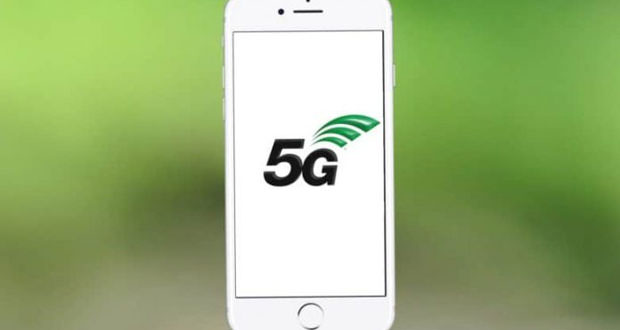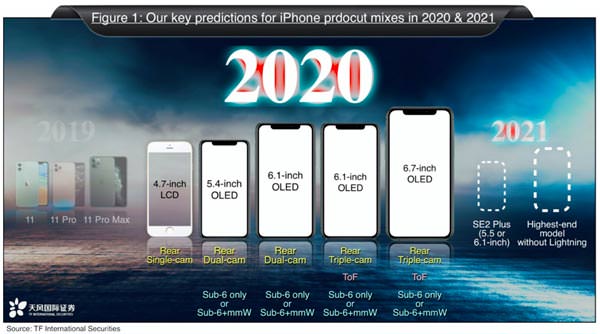iPhone 2020 ready for 5G: versions with sub-6GHz and mmWave support are coming soon
The next iPhones arriving in September will support 5G and will do so not only with the Sub-6Ghz but also with the 5G mmWave. The indiscretion comes from the usual Ming-Chi Kuo, the analyst always well informed. Here are the details.
According to what stated by several analysts but also and above all by Ming-Chi Kuo, Apple and its next-generation iPhones coming out in September 2020 will be four, and all will support 5G networks. Not only because, in this case, the challenge of the Cupertino house is to allow support not only for mmWave millimeter waves but also for Sub-6 GHz networks.
This means that the Cupertino-based company will present itself on the market with the two standards that competitors do not currently support overall. Some work on millimeter waves (mmWave), frequencies between 24.25 and 29.5Ghz, and others on the sub-6 GHz spectrum, frequencies between 3.4 and 3.6GHz.
iPhone 2020 and the 5G network: How they will work
Analyst Kuo reported that upcoming iPhone 2020 models would work with mmWave support in five markets, including the United States, Canada, Japan, South Korea, and the United Kingdom, further explaining that Apple could disable 5G functionality in countries that don’t offer this service.
” We believe that Apple will release new iPhones with mmWave and Sub-6GHz support at the same time in the second half of 2020. Since iPhone 5G are split into Sub-6GHz and Sub-6GHz+ mmWave models, the complexity of new product development is greater… […] According to our latest surveys, development of the iPhone Sub-6GHz+ mmWave is proceeding as expected, and shipments are expected to be due at the end of the third quarter or the beginning of the fourth quarter of 2020. ”
Kuo confirms what has already been foreseen elsewhere by its forecasts and declares how Apple is already on the right path to simultaneously present in the second half of 2020 both iPhone 5G sub-6GHz models, and models with mmWave technology, with shipments that should begin at the end of third quarter or, in the case of some markets, early fourth quarter.
We expect to see four new iPhones this year, with 5.4-inch, 6.1-inch, and 6.7-inch screens. This time all four are expected to have OLED screens, including the future replacement for iPhone 11, which currently has an LCD screen. A new time-of-flight 3D depth detection (ToF) rear camera system for use with AR applications that could make a difference in the top models.


